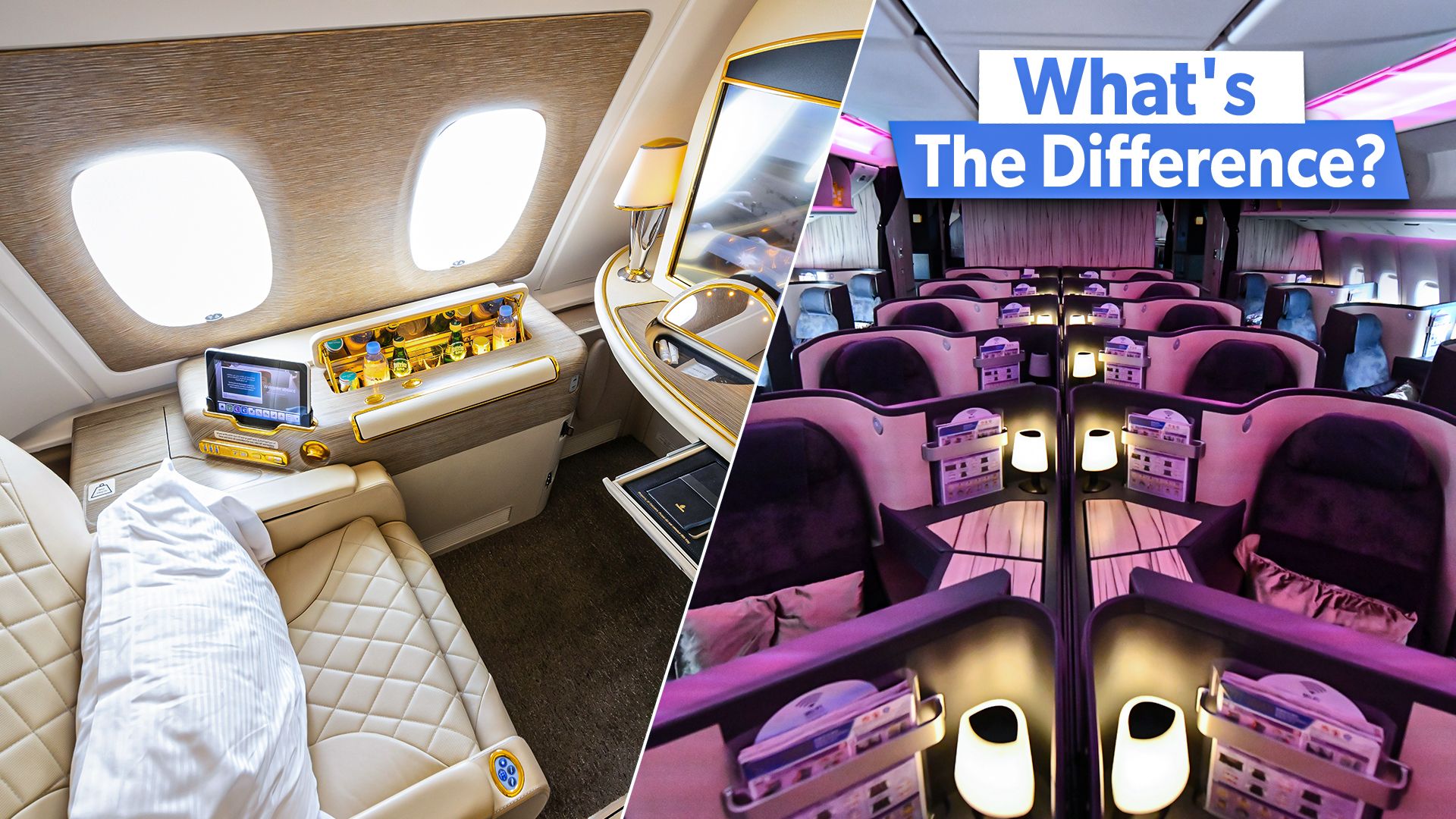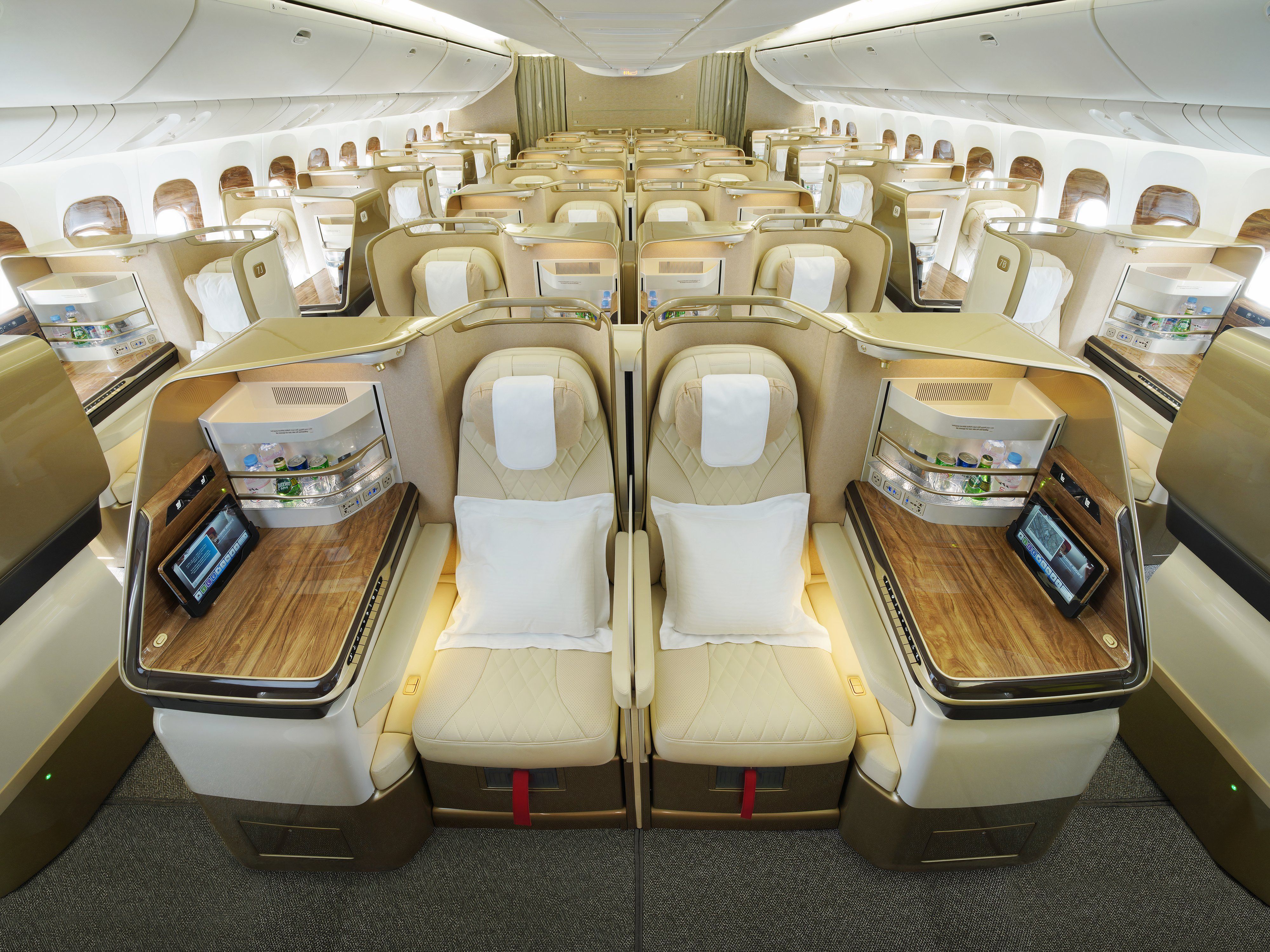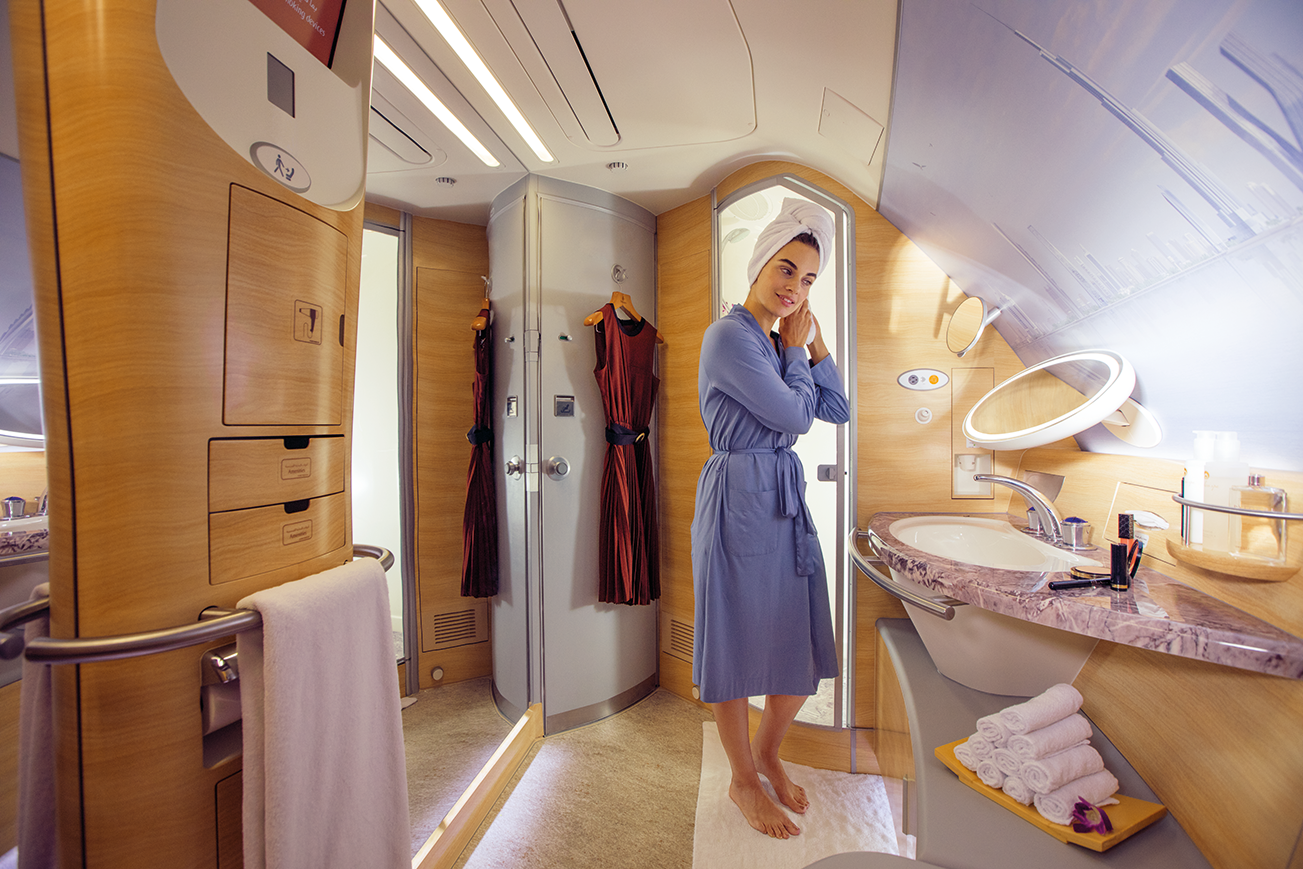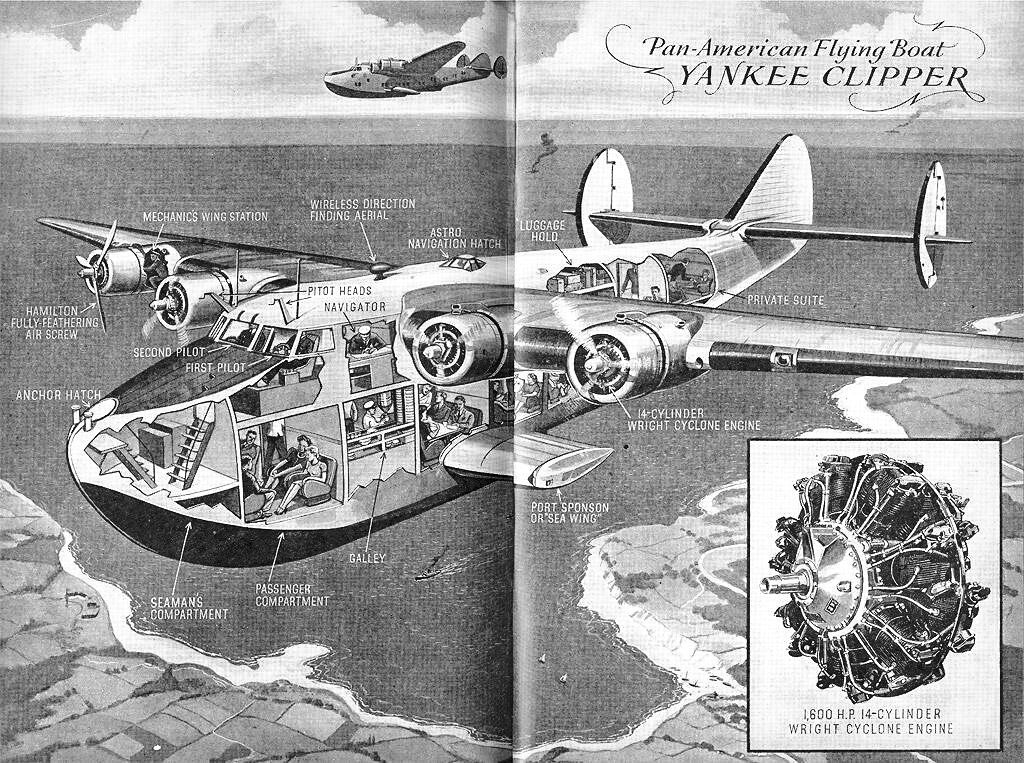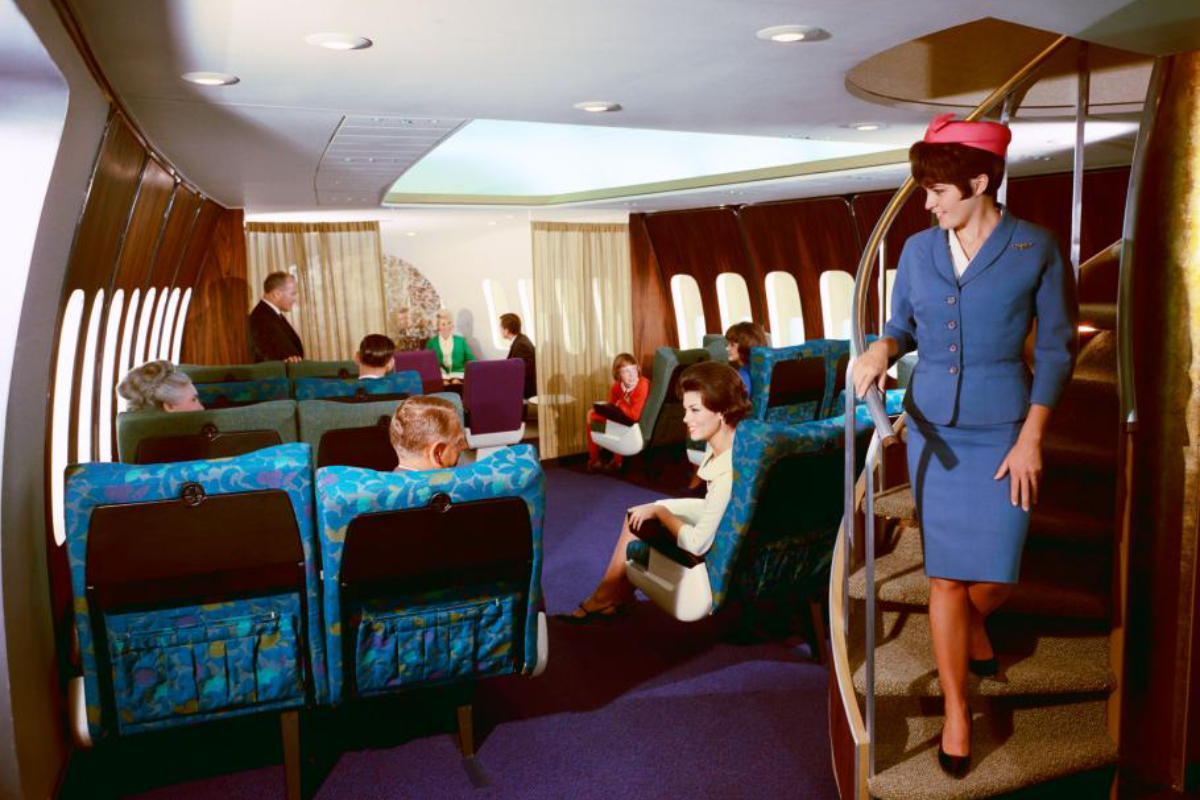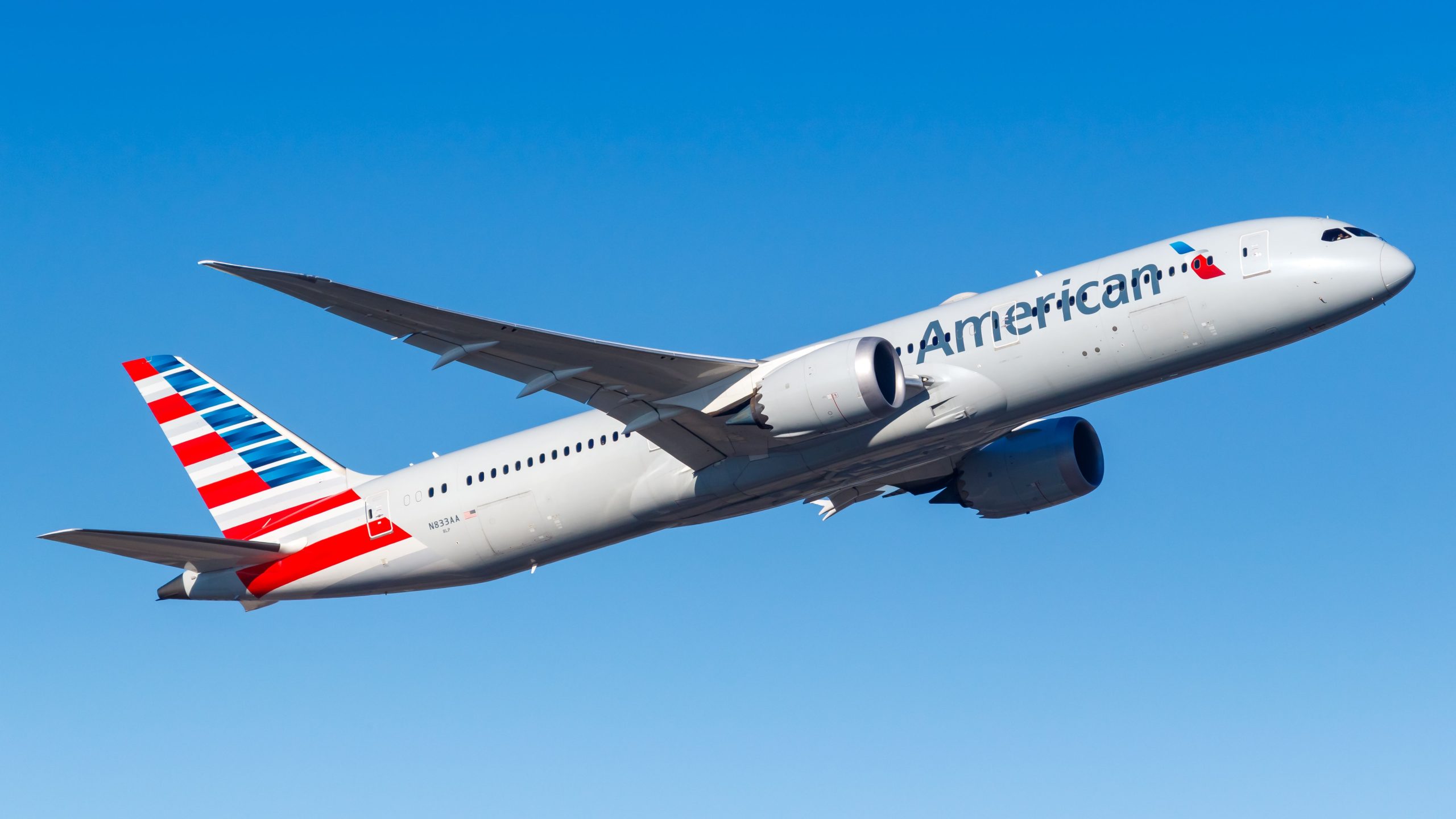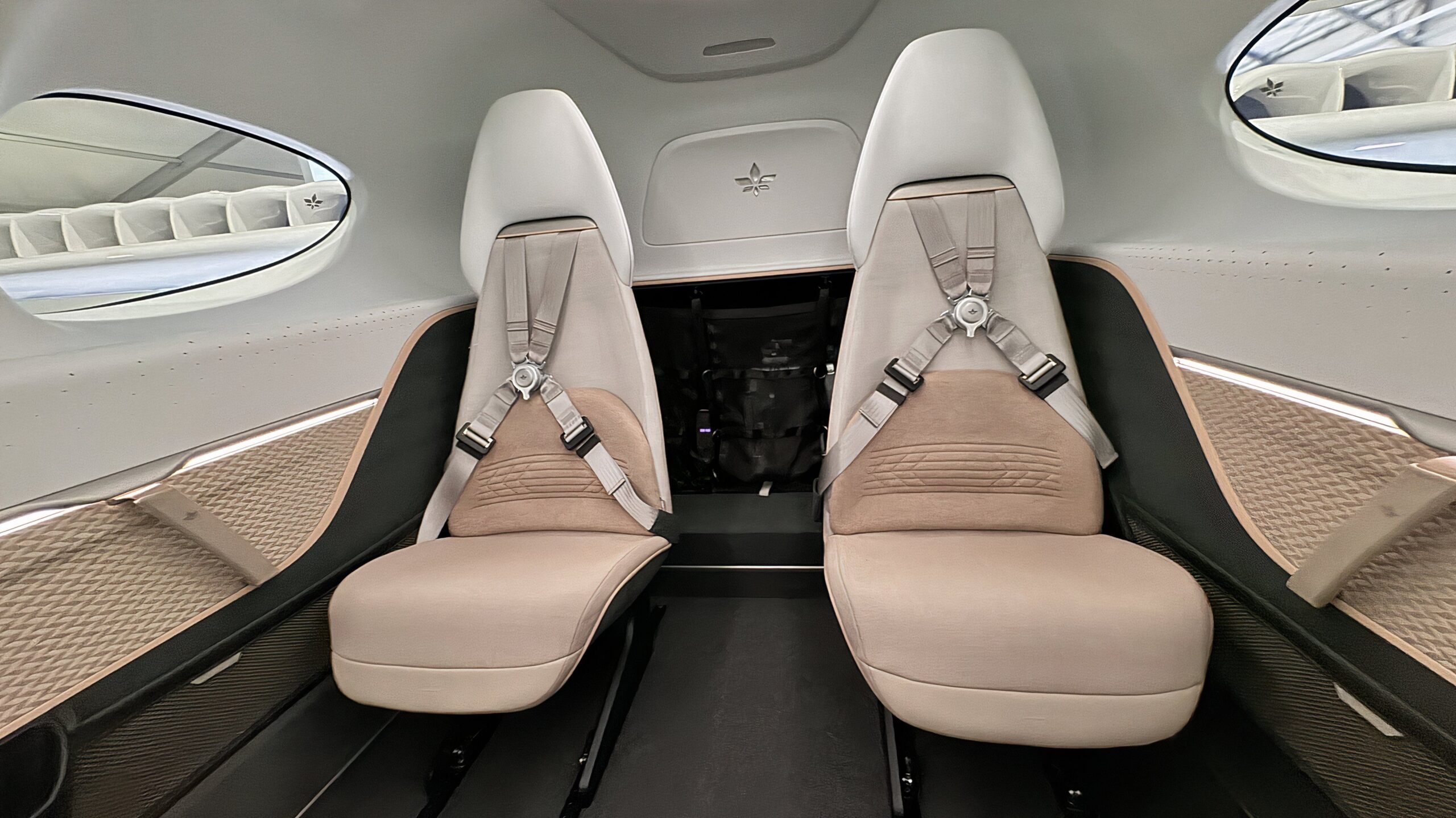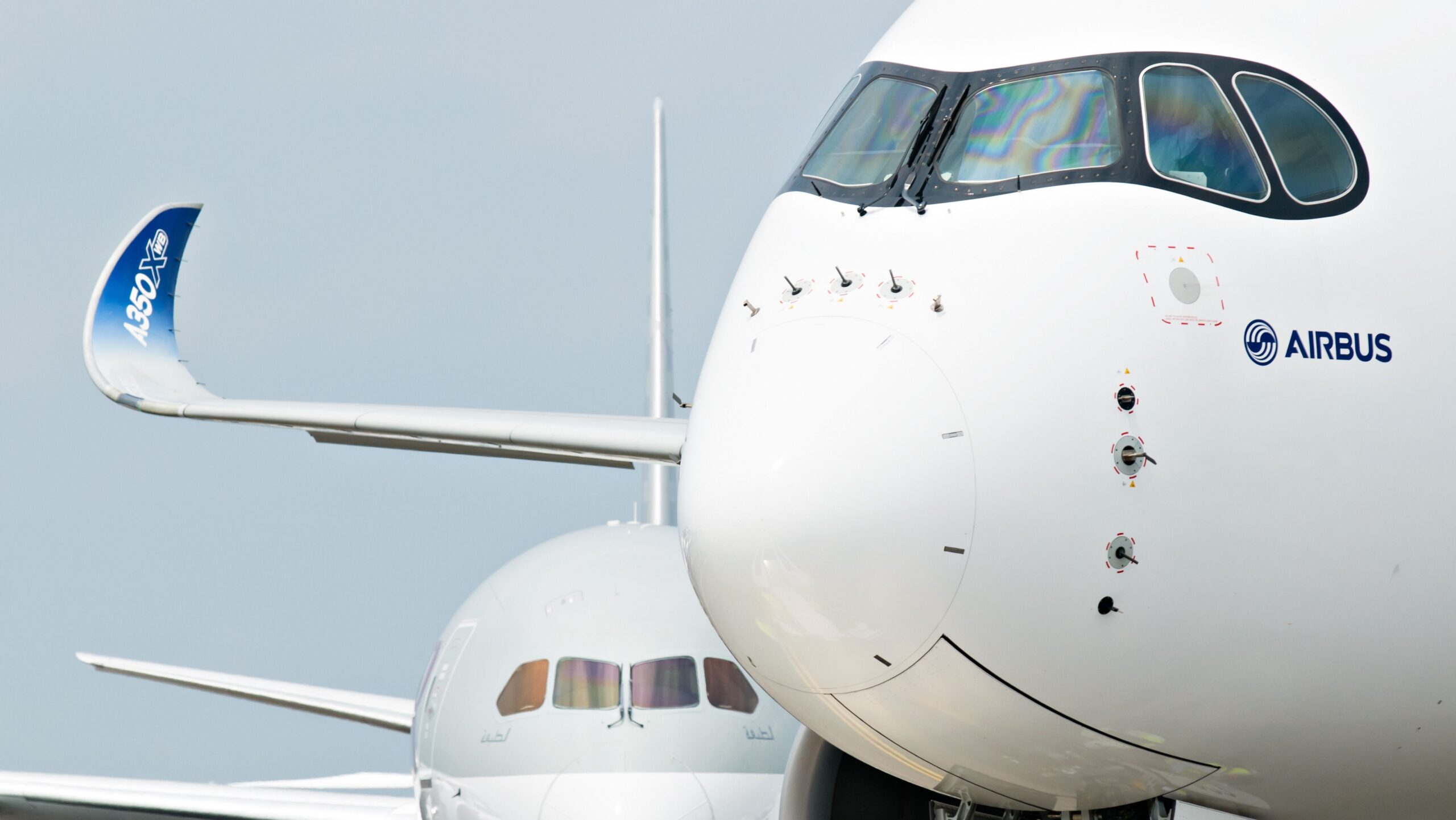Summary
- Business & First Class cater to different needs and are evolving; First Class offers ultimate luxury.
- History shows flying began as a luxury reserved for the wealthy; Business Class was a compromise for business travelers.
- Just because a class is called “first” or “business” doesn’t mean services are comparable; vary among airlines.
Business class and first class are the highest-service tickets people can book on commercial flights. Whether the extra cost is worth the upgrade depends on financial means and personal priorities. More and more airlines are moving away from providing first class tickets and are removing the seats in favor of business class seating. Overall, there are now 40% fewer first class annual scheduled seats in 2024 compared to 2019. Here are some of the differences between first and business class and their evolution.
What are the differences between Business and First Class?
Business class cabins are designed with the business traveler in mind. They offer quiet areas with spacious seats, large desks, and flatbeds so passengers can sleep. At the airport, business class lounges offer something similar—quiet spaces to relax and work. Typically, there are office spaces equipped with printers and computers (as well as hot meals and showers).
Photo: Emirates
First class is intended to be the ultimate level of flying short of booking a private jet. Some airlines go as far as to provide a private chauffeur service from passengers’ accommodation to the airport. First-class passengers enjoy a private and speedy passage through airport security and immigration, avoiding the crowds. They can then relax in first class Lounges that often come with Champagne rooms, spa treatments, and more for the best possible airport experience.
|
Business class: |
First class: |
|
|---|---|---|
|
Fare: |
Intermediately priced |
Highest price |
|
Airport lounges: |
Caters to business people with workspaces, etc. |
Caters to luxury with spas etc. |
|
Airplane seating: |
Spacious, designed to rest and work |
Designed for luxury |
|
Meals: |
Selection of premium menu meals |
Often custom made |
|
Seat: |
Normally comfortably reclines (sometimes into a bed) |
Often reclines into a bed |
|
Availability: |
Available on many flights |
Mostly available on long-hauls |
While business class passengers can generally choose a three-course meal off the menu, first class passengers can request airlines to cook whatever they want. First-class dining has more in common with an in-air 5-star restaurant.
Emirates is known for its luxury and states its First Class service is “as close as it comes to your own private jet Close the privacy doors and you are in a world of your own. With fine dining at any time, an onboard shower spa and the ultimate lounge bar just a short walk away. See why this isn’t just flying. It’s the Emirates A380.”
Photo: Emirates
It should also be noted that just because a class is called “first” or “business” class doesn’t necessarily mean the services are comparable between airlines. It should go without saying that a business class ticket on a low-cost carrier has almost nothing in common with a business class ticket on a full-service carrier like Singapore Airlines or Qatar Airways.
When all flying was ‘First Class’
As with almost everything, the history of First and Business Class fares has evolved over the years. Originally, all planes offered only one class. Commercial flying began with luxury and was focused only on the wealthiest passengers. Transatlantic flights on the Hindenburg airship cost $450 (a rate still competitive with low-cost transatlantic fares after 90 years of inflation).
Pan Am’s Clipper flights were luxury experiences and were described as flying palaces. A round trip from New York to Southampton would cost around $675. Aero Key states, “At meal times, the main lounge was transformed into a 14-seat dining room, with galleys crewed by chefs from four-star hotels, and five- and six-course meals served by white-coated stewards on silver service and white tablecloths.”
|
Timeline of first and business classes |
|
|---|---|
|
1930-1940s: |
One fare – typically as luxurious as possible |
|
1955: |
TWA introduces two-class fares |
|
1970s: |
Airlines experiment with an intermediary class |
|
1979: |
Qantas claims to first introduce business class |
|
2019-2024: |
40% decline in first class in favor of business class |
In the 1940s, the Civil Aeronautics Board standardized fares on each flight, and airlines were not permitted to charge multiple fare levels. However, airlines found a way around this by creating a so-called “coach class” by offering shorter, less convenient routes that could make more stops (like a coach) but would be cheaper. It wasn’t until 1955 that TWA introduced the concept of different service standards for different fares – with what was called First Class and Coach Class.
Emergence of “Business class”
Business class started as a compromise for business people who flew regularly but didn’t want to be cramped in economy class and didn’t want to pay for first class. Airlines started offering a new class of tickets, providing nicer recliners. Business class was meant to be an intermediary between the two classes. Although some airlines have abolished first class, leaving business class the highest class.
While other airlines were experimenting with the idea of an intermediatory class from the early 1970s, Qantas claims to have been the first to have launched the world’s first business class ticket in 1979.
“Qantas introduces Business Class air travel becoming the first airline in the world to do so.” – Qantas
Photo: National Air and Space Museum Archives, Smithsonian Institution
When the jet age dawned, flying was still an experience reserved for the wealthy. Only the airline industry’s deregulation brought prices down so that anyone could fly. This trend continues as low-cost and ultra-low-cost airlines claim ever-greater market shares. This has made economy the standard for most passengers, yet in the early days, first class was standard.

